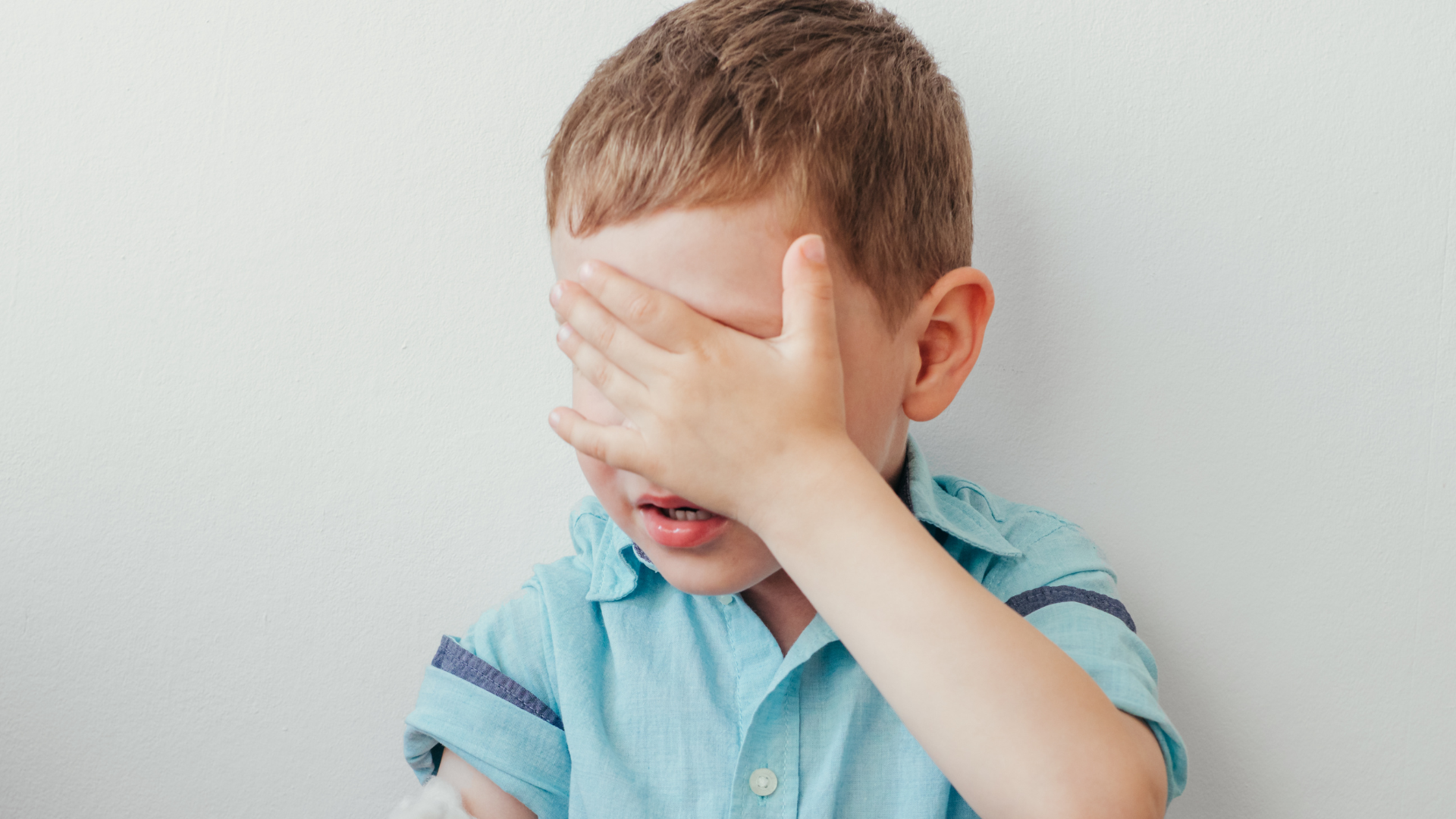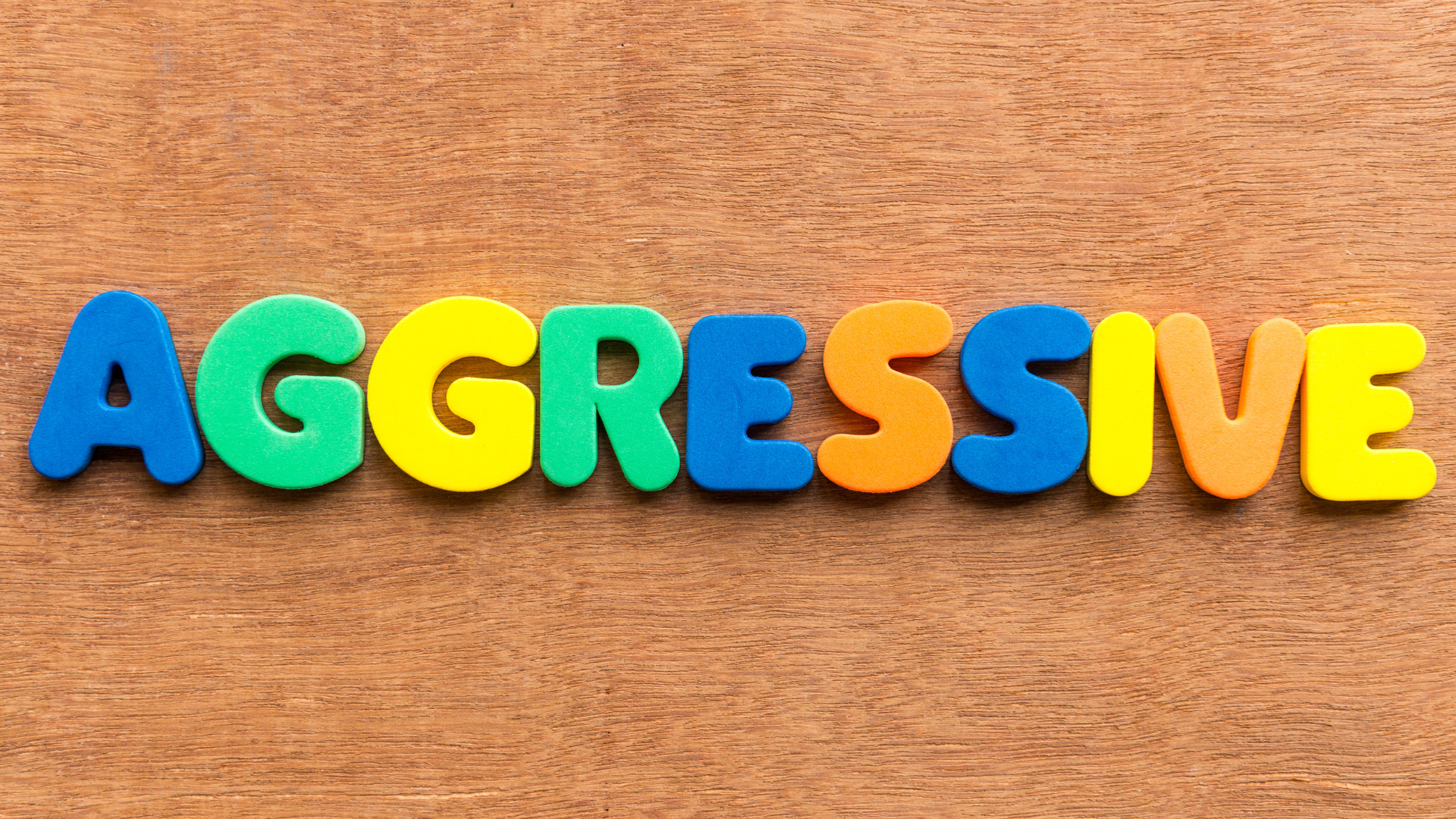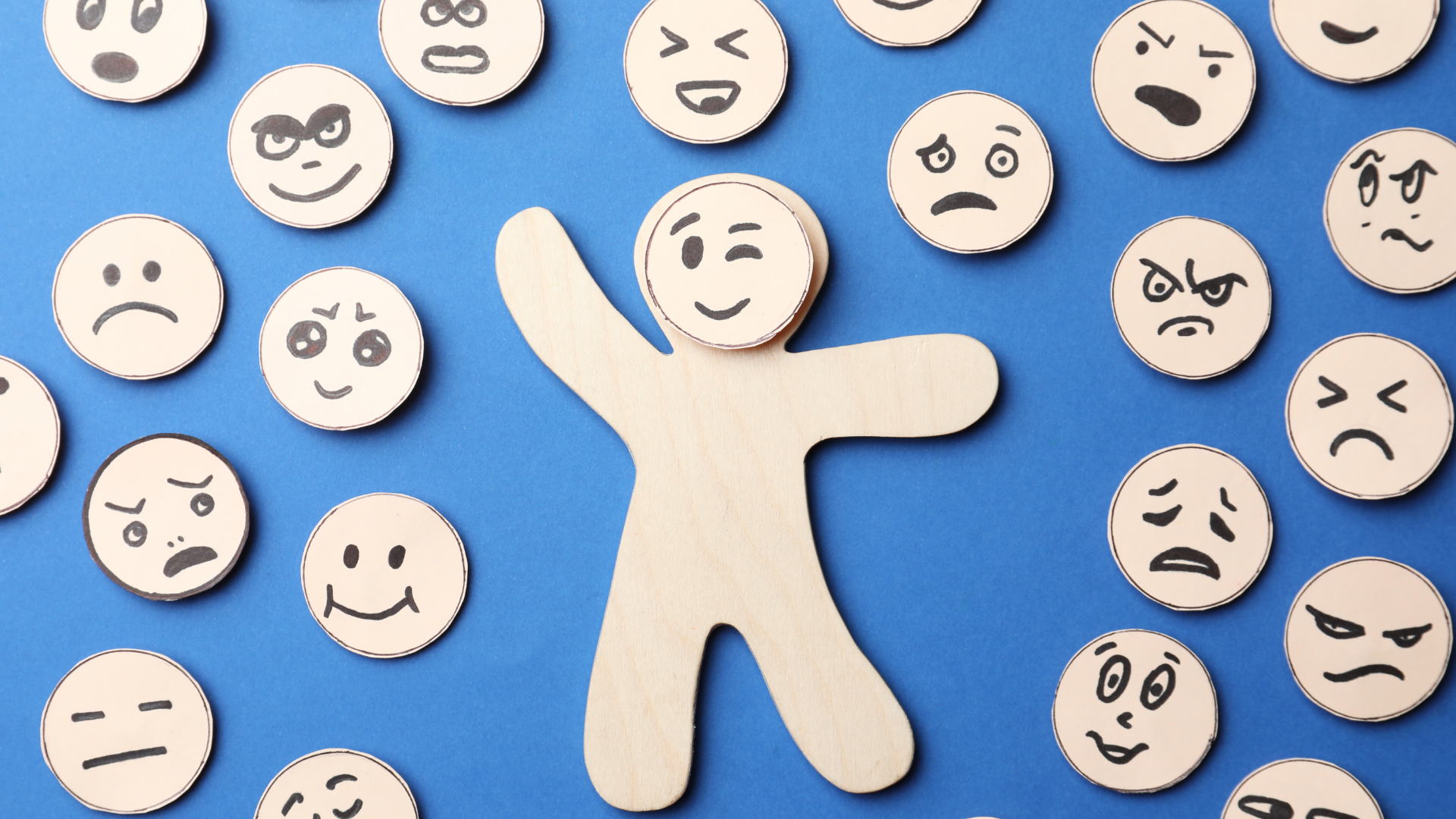The Link Between Physical Appearance and Self-Perception in Children

If there’s one thing we can all agree on is that children grow up too fast. Unless we keep close tabs, years pass quicker than we can track, and we can miss out on many experiences our little ones go through in their early life. Children are like sponges – they absorb and identify with their circumstances. Relationships in their home and school affect every aspect of their life, and creating safe, open, and welcoming surroundings for them to grow up in is essential.
As your child develops self-perception and tries to find their place in the world, a process that follows naturally is that they tie it to their physical appearance. This is almost inevitable, seeing that we live in a world founded on impossible beauty standards where fitting in is celebrated over acceptance. That’s why the link between physical appearance and self-perception in children becomes so deep-seated – it’s a big part of human nature.
How Self-Perception and Appearance Are Connected in Children
Children lean on their parents and their environment to teach them about life, and self-perception is one of the building blocks of their mental health. Physical appearance is almost constantly commented on, and if a child stands out, chances are, people around it will point it out sooner rather than later.
A
child can easily internalize someone else’s comments and attitudes and accept them as their own, which directly affects how they see themselves. This, in turn, can influence every aspect of their life and, in some cases, cause a trauma response that shows itself through their behavior.
These are some of the areas of their life that are most significantly impacted.
Interacting with Their Friends and Family
Feeling accepted at a most basic physical level is something all humans crave, children most of all. If a child doesn’t fit the norm of beauty and physical appearance, they quickly recognize it by comparing themselves to their peers. If they’re teased or bullied for being different, children have a tendency to retreat and become more closed off toward the world. That’s why there are still so many schools that insist on the
benefits of uniforms, the judgment on physical appearance lessens when everyone looks similar.
This behavior can make it difficult for them to form meaningful relationships with family and other children. If the commentary on their appearance is constant within their family circle, the trauma of rejection becomes even deeper and more painful, making it hard for young kids to feel like they’re a part of a community. The voice of being judged for who you are and what you look like almost always becomes their internal voice that can only further compromise their feelings of worth and self-love.
Low Levels of Self-Esteem
The importance of self-esteem can’t be overstated, both in children and grownups. It’s a characteristic that needs to be honed your whole life, and if you didn’t fit in when you were younger, the need to build and nurture a healthy relationship with yourself is all the more important.
How kids perceive their physical appearance is heavily impacted by how their environment perceives it. Negative comments, seclusion, and bullying based on their physical appearance can have long-term consequences on children’s self-esteem that echo well into their adult life. On the other hand, little ones praised for their appearance naturally have higher self-esteem, which later transforms into stronger confidence, which is positively reflected in their achievements.
Mental Health Struggles
A child’s emotions are pliable, which is why an imposed negative self-image can severely affect their mental health in a variety of ways. When kids are younger, the internalized self-image creates a set of mechanisms that can either help them grow into well-rounded individuals or struggle in adolescence and adult life.
Child’s negative perception of their physical appearance can be connected with increased levels of stress, social anxiety, as well as feelings of shame and insecurity. These can later turn into mental health issues that can vary anywhere from social anxiety to eating disorders and depression.
Encouraging Positive Self-Perception in Children
The way kids develop their self-perception is a complex and multifaceted process, so it’s not always easy to keep tabs on it, but it’s the primary job of parents and educators to do just that.
Thankfully, there’s more and more awareness around this important topic, and there are also powerful ways to support your young ones as they learn to navigate the world and all its challenges. Here’s what you can do to foster the feeling of trust, security, and encouragement for your children.
It All Starts with You
The good old saying “Do as I say, not as I do” means nothing to children. They absorb not only your words and behaviors but also your underlying emotions and intentions. If you want them to have strong self-esteem and confidence, that practice must start with you. It’s vital that you show them how it’s done, always coming forth with a healthy and positive attitude towards physical appearance, because that will help them adopt that same behavior.
Building Healthy Habits
“Health comes first” is a wisdom every human should live by and a way of life that should be prioritized and discussed. A healthy attitude towards food paired with plenty of movement and exercise could set the right foundations for how your kids see themselves and the world. Create an environment where your young ones have the freedom of self-expression and their unique qualities are valued and celebrated. It will help them feel competent and good in their own skin, and that invaluable feeling will further nudge them toward positive self-perception and self-image.
Keep the Conversation Going
As your kid’s self-perception develops, they go through different stages of their life, and giving them the room to openly talk about their struggles will make it much easier for you to help them. This doesn’t mean you need to have all the answers, but rather, your child should feel that they can trust you, knowing you will listen and try to understand their struggles to the best of your ability. Nurturing positive body talk and creating an atmosphere of support, love, and radical acceptance all go a long way in giving your kid a leg-up in building their self-esteem block by block.
Conclusion
The link between physical appearance and self-perception in children is an intrinsic one, the one that will follow them throughout their lives. This doesn’t mean that you should protect them from the world and its negative parts at all costs. Instead, help them develop a strong sense of self that isn’t easily swayed or hurt by someone’s comments and opinions. Resilience and strong self-esteem come hand in hand, and it all sprouts from the roots of positive self-perception.
Share Post
Complete the following form if you require more info about EQ4kids or want to enroll your child at your nearest Franchise.
Blog Enquiry









